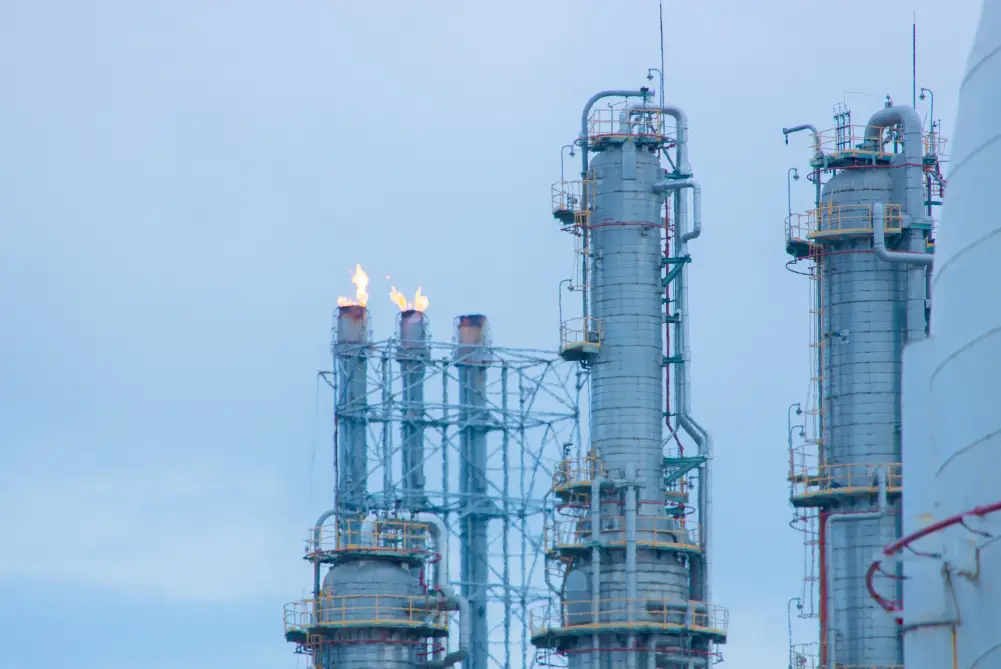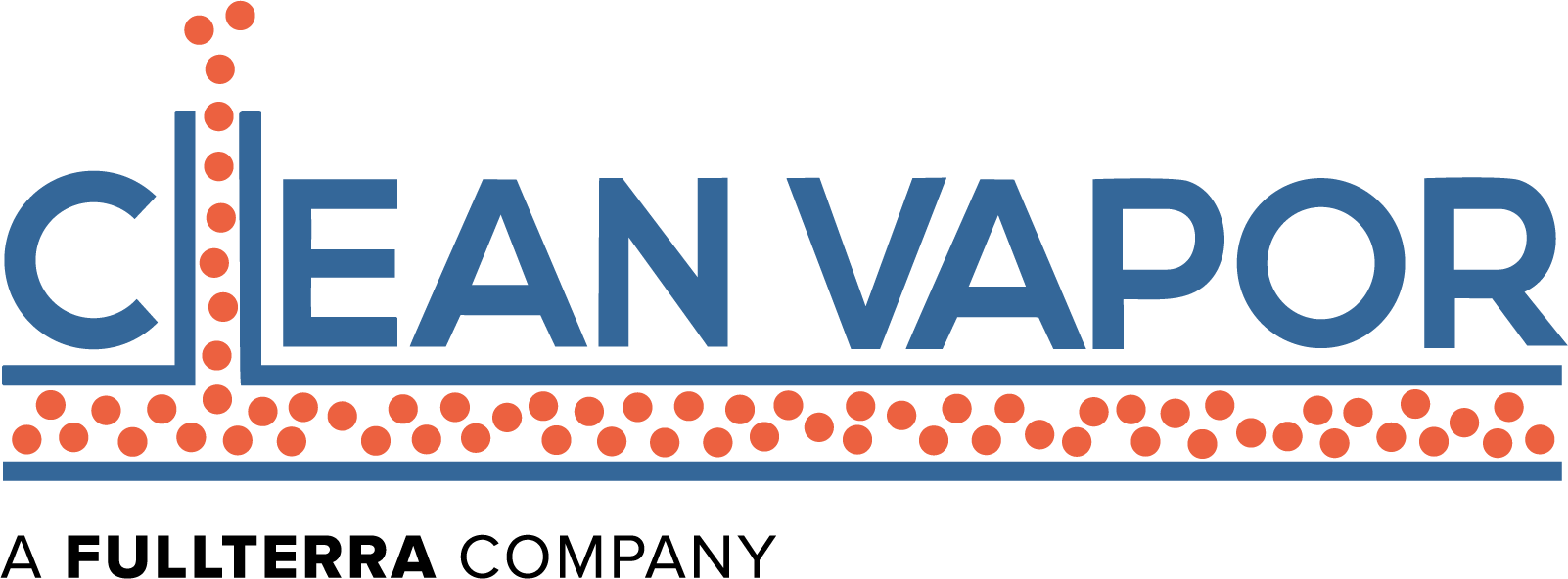Developing on sites with potential subsurface gas concerns requires more than strong foundations — it demands protection from invisible risks. Methane mitigation installation ensures your project remains safe, compliant, and future-ready.
When developing property on former industrial sites, brownfield locations, or areas with subsurface gas concerns, methane mitigation installation becomes a critical safety requirement. This specialized engineering process protects buildings and occupants from dangerous methane gas that can accumulate beneath structures and create explosion or asphyxiation hazards. Understanding what methane mitigation installation entails—and why it matters—is essential for property developers, building owners, and environmental professionals working to unlock development opportunities while ensuring compliance and long-term safety.
What is Methane Mitigation Installation?
Methane mitigation installation refers to the complete process of designing, constructing, testing, and activating protective systems that prevent methane gas from entering buildings through their foundations. This end-to-end service includes soil gas testing and analysis, engineered system design, physical installation of barriers and venting components, third-party inspection and certification, and integration of monitoring equipment for long-term performance tracking.
The installation typically incorporates one or both of two primary approaches: vapor barrier systems that create an impermeable membrane beneath the building slab, or active sub-slab depressurization systems that maintain negative pressure and continuously vent methane away from occupied spaces. The specific solution depends on site-specific soil gas data, methane concentration levels, building design, and local regulatory requirements.
Successful methane mitigation installation requires coordination among licensed professional engineers, certified installation contractors, independent inspectors, and building officials. Each plays a distinct role in ensuring the system meets performance criteria and complies with applicable building codes.
Why Methane Mitigation Installation Matters for Your Project
Safety and Regulatory Compliance
Methane is colorless, odorless, and highly flammable. When concentrations reach 5-15% by volume in enclosed spaces, explosive conditions exist. Even at lower levels, methane can displace oxygen and create asphyxiation hazards in poorly ventilated areas. Properties located near former landfills, oil and gas operations, or sites with historical industrial activity face elevated methane intrusion risk.
Building codes in many jurisdictions—including California’s stringent requirements—mandate methane mitigation systems before construction can proceed on affected sites. Proper installation isn’t just good practice; it’s often a legal prerequisite for obtaining building permits and occupancy certificates.
Unlocking Development Value
Sites with confirmed or suspected methane intrusion often sit undeveloped due to perceived risk and complexity. Professional methane mitigation installation transforms these challenging properties into viable development opportunities. By addressing subsurface vapor concerns proactively, developers can secure permits, protect property values, and demonstrate commitment to occupant safety—all of which strengthen project feasibility and stakeholder confidence.
Long-Term Asset Protection
Quality methane mitigation installation provides decades of protection when properly maintained. Systems include monitoring capabilities that track performance over time, alerting property managers to any issues before they become safety concerns. This proactive approach protects your investment, maintains compliance throughout the building’s lifecycle, and preserves marketability for future transactions or refinancing.
The Methane Mitigation Installation Process
Phase 1: Site Assessment and Design
Every effective installation begins with comprehensive soil gas testing. Environmental professionals install monitoring probes at various depths and locations across the property, measuring methane concentrations over several weeks to account for seasonal variations and pressure changes that affect gas migration patterns.
Licensed engineers analyze this data and design site-specific mitigation systems that address the unique geological conditions, building footprint, and regulatory environment. The design specifies barrier materials, venting configurations, system components, and installation methods that contractors must follow during construction.
Phase 2: System Construction and Installation
Qualified contractors with specialized vapor mitigation experience execute the engineered design. Installation methods vary based on the system approach:
Vapor barrier installations involve placing high-density polyethylene membranes (typically 40-60 mil thickness) beneath the building slab. Installers carefully seal all seams, penetrations, and perimeter edges to create a continuous protective layer. Quality control during this phase is critical—even small gaps can compromise system effectiveness.
Sub-slab depressurization systems create a controlled low-pressure zone beneath the foundation. Contractors install perforated piping within a gravel layer below the slab, connecting to vertical vent stacks that extend above the roofline. Active systems incorporate fans to maintain negative pressure and ensure continuous methane venting away from the building.
Many projects combine both approaches, integrating vapor barriers with depressurization systems for enhanced protection and redundancy.
Phase 3: Testing, Inspection, and Certification
Independent third-party inspectors verify that the methane mitigation installation meets design specifications and code requirements. Inspection protocols include vapor barrier thickness verification, smoke testing for system continuity, pressure testing of venting networks, and documentation of proper sealing at all critical points.
Only after satisfactory completion of all inspections does the inspector issue certification confirming code compliance. This certification is typically required before building departments will issue occupancy permits.
Phase 4: Monitoring and Maintenance Integration
Modern methane mitigation installation includes sensor integration and telemetry systems that provide real-time performance monitoring. These systems track methane concentrations, verify depressurization system operation, and alert property managers to any anomalies that require attention.
While properly installed systems are relatively low-maintenance, they require periodic inspection and any future work that penetrates the building slab must be carefully managed to preserve system integrity.

FullTerra’s Design-Build-Monitor Approach to Installation Excellence
FullTerra has completed methane mitigation installations across more than 100 million square feet of building space nationwide. Our integrated approach combines deep technical expertise with efficient project execution:
Local Regulatory Knowledge: Our team understands regional building code requirements and maintains relationships with local building officials, streamlining the approval and inspection process.
Certified Installation Teams: Our in-house crews are trained in proper installation techniques, quality control protocols, and documentation standards that support both initial certification and long-term performance verification.
Advanced Monitoring Integration: We incorporate sensor technology and telemetry platforms that transform your mitigation system into a managed asset with ongoing performance visibility.
Full Lifecycle Support: From initial soil gas assessment through system installation and decades of monitoring service, FullTerra provides continuity that eliminates coordination challenges and ensures accountability.
Key Considerations for Property Developers and Owners
Engage Early in Project Planning: Address methane concerns during due diligence or early design phases. Incorporating mitigation requirements from the start prevents costly redesigns and schedule delays when issues are discovered late in development.
Budget for Complete Solutions: Installation costs include design engineering, physical construction, inspection services, and monitoring equipment. Properties requiring active depressurization systems typically carry higher installation costs but provide greater assurance on high-risk sites.
Coordinate with Other Building Systems: Methane mitigation installation must integrate with waterproofing, foundation work, and mechanical systems. Experienced contractors understand these interfaces and sequence work appropriately.
Plan for Lifecycle Management: The most effective installations include Operations, Maintenance, and Monitoring (OM&M) plans that specify ongoing responsibilities, inspection schedules, and response protocols. Budget accordingly for these long-term services.
Document Everything: Maintain detailed as-built drawings, inspection reports, and system specifications. This documentation proves invaluable for future building modifications, system maintenance, and property transactions.
Protecting Your Investment with Expert Installation
Methane mitigation installation represents more than a compliance requirement—it’s a fundamental investment in building safety, development viability, and long-term asset value. Sites that once seemed too challenging to develop become viable opportunities when addressed with proper engineering and installation expertise.
FullTerra’s nationwide team brings specialized knowledge, proven installation methods, and comprehensive monitoring capabilities to every project. Whether you’re developing a brownfield site, expanding on industrial property, or managing existing buildings with methane mitigation obligations, our design-build-monitor platform ensures your installation delivers lasting performance and peace of mind.
Ready to discuss your project’s methane mitigation installation needs? Contact FullTerra today to learn how our comprehensive approach can help you navigate subsurface vapor challenges efficiently while keeping your development timeline on track.





